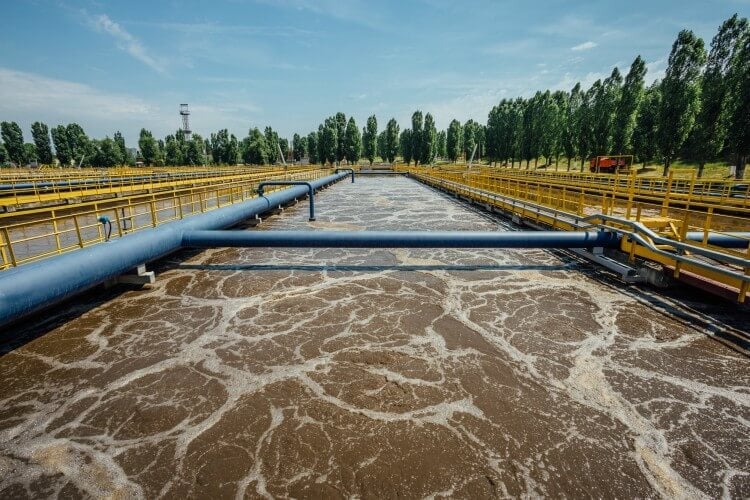Municipal Wastewater Solutions: Cut Operational Costs

A Scalable Solution to Municipal Wastewater Challenges
Municipalities are under increasing pressure to manage aging infrastructure, tighter discharge permits, and rising inflow—especially during storms or seasonal surges. Expanding treatment plants or lagoon storage is costly, time-consuming, and often restricted by land availability.
EvaporationWorks offers a smarter path forward. Our modular, weather-responsive systems reduce wastewater volume directly at the source. Whether installed alongside lagoons, backup ponds, or remote treatment sites, they help municipalities meet discharge limits, reduce hauling, and avoid capital-intensive expansion.
Why Wastewater Engineers Choose EvaporationWorks
-
Cuts Operational Costs: Lower onsite volume reduces hauling, eases permit pressure, and defers infrastructure upgrades.
- High Volume Reduction: Each atomizer has a flow rate of 12–20 gallons per minute and systems scale to meet capacity.
- Designed for Compliance: Supports discharge limits to meet regulatory compliance.
Key Advantages of Our Municipal Wastewater Solutions

Cuts Long-Term Operational Costs
Reduces hauling, chemical input, and labor through onsite volume reduction.

Supports Long-Term Compliance
Helps meet permit limits without major plant changes or added complexity.

Reduces System Overload
Offloads lagoon or plant capacity during peak flow, preventing unpermitted discharges.
Trusted by Industries Nationwide





Common Questions

One key innovation is accelerated evaporation, which removes water from wastewater and leaves behind concentrated TSS and TDS. This reduces wastewater volume at the source and helps meet strict environmental regulations, especially where traditional methods are no longer effective. It supports ZLD and is especially useful in agriculture, industry, and regions facing strict water regulations.
EvaporationWorks’ systems are designed for lagoon effluent, holding pond water, and secondary-treated wastewater with high TDS or variable chemistry.
Yes. Systems are modular and can be installed near lagoons, ponds, or discharge points—no need to overhaul existing systems.
By reducing discharge volume, the system supports compliance and eases strain on existing permits
What Our Clients Say
Compare EvaporationWorks
| Feature | EvaporationWorks | Typical Industrial Evaporators |
|---|---|---|
| Municipal Compatibility | Built for discharge limits, seasonal surges, and integration with lagoons and backup systems | Often designed for industrial brine or oilfield waste—not NPDES-driven applications |
| Flow Rate Capacity | Atomizer-level flow rate of 12–20 GPM; scalable per municipal site needs | Often rated by evaporation surface area, not flow, and harder to scale incrementally |
| Automation & Weather Response | Automatically adjusts to changing weather (wind, humidity, temperature) | Fixed output or manually adjusted speeds; not weather-responsive |
| Compliance Support | Supports NPDES compliance without full plant upgrades | Not always compatible with permit-driven treatment processes |
| Aeration & Bioremediation | Integrated to reduce contaminant load | Typically not integrated; requires separate pretreatment if used |
| Footprint & Integration | Compact, modular, lagoon-compatible | Large, fixed units; limited compatibility with municipal layouts |
| Maintenance Requirements | Low—corrosion-resistant components | Higher—scaling, moving parts prone to wear |
| Operational Cost per Gallon | Low—minimal labor with automated weather adjustments and hauling is reduced or eliminated | High—due to energy use, manual oversight, and maintenance cycles |
Find Out if Accelerated Evaporation Fits Your Goals for Municipal Wastewater Solutions
Built-to-fit evaporators for municipal wastewater challenges.
Our experts can help you specify the right system for your operation and compliance goals.
